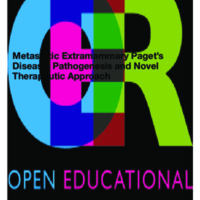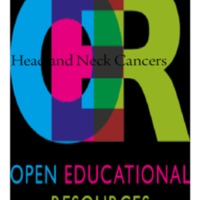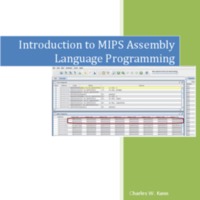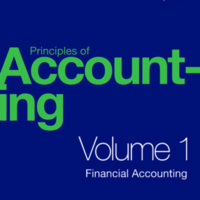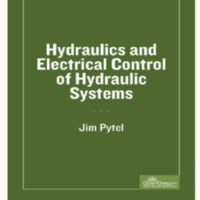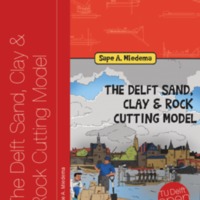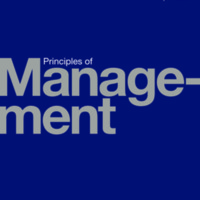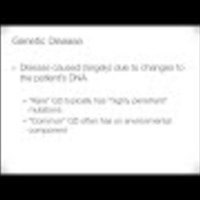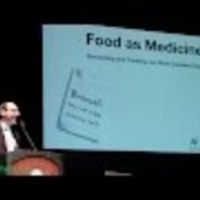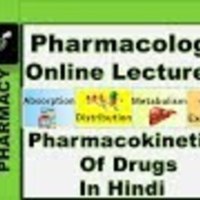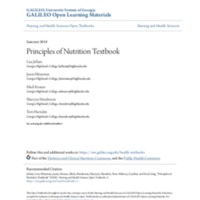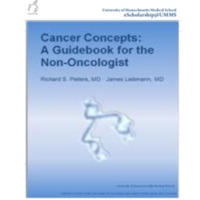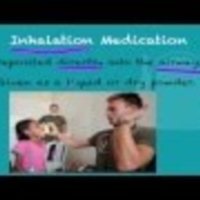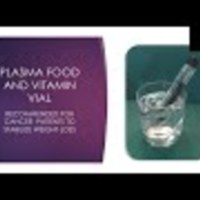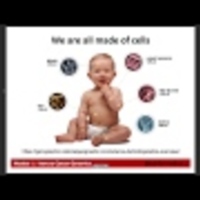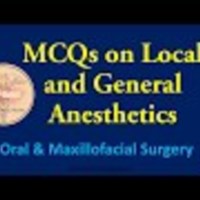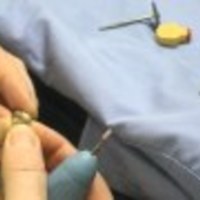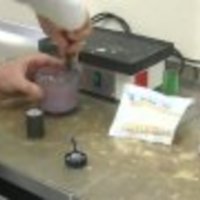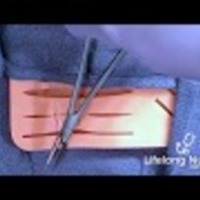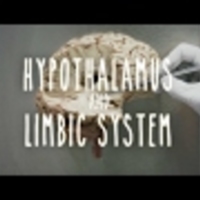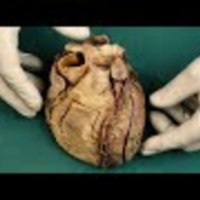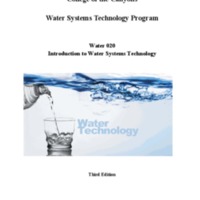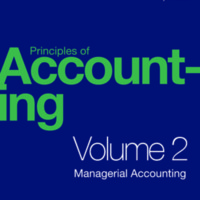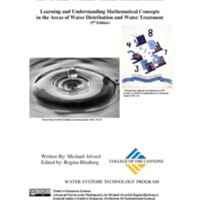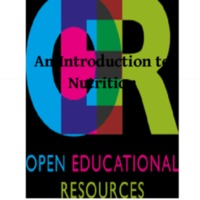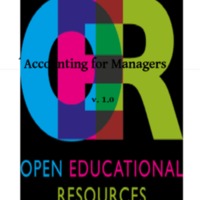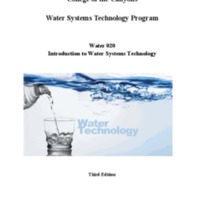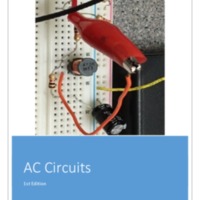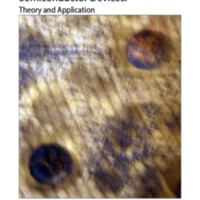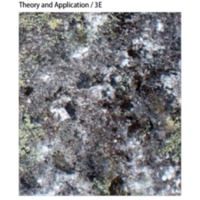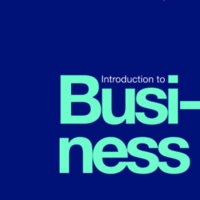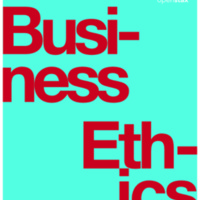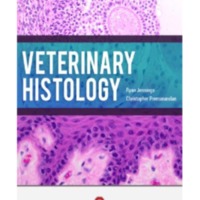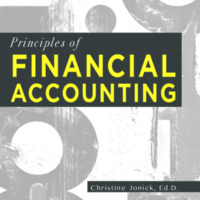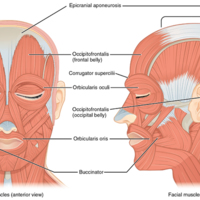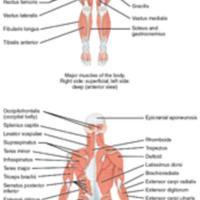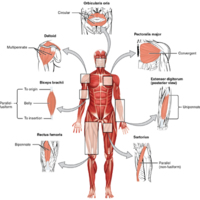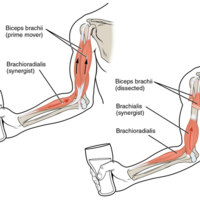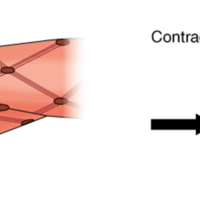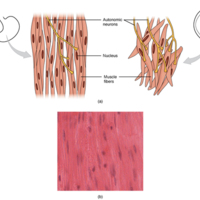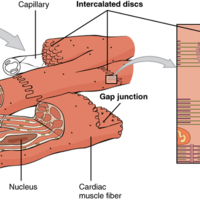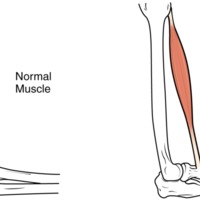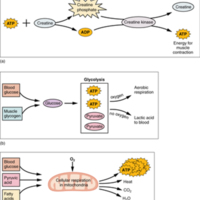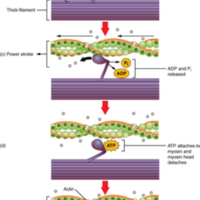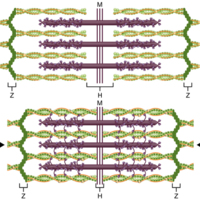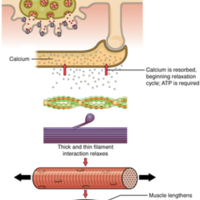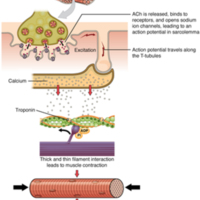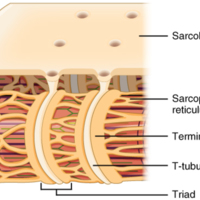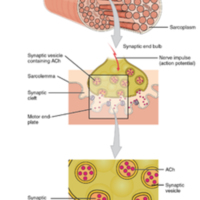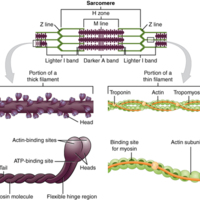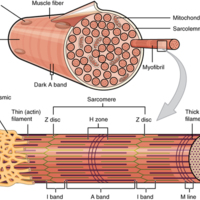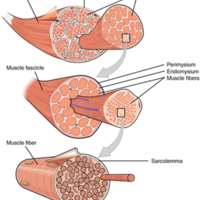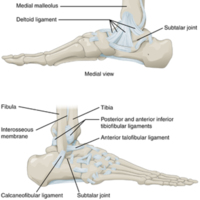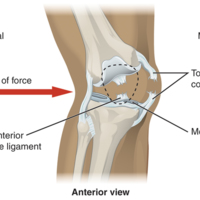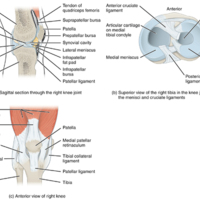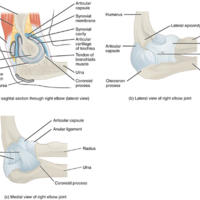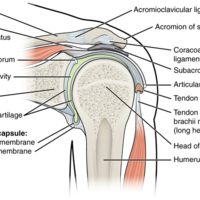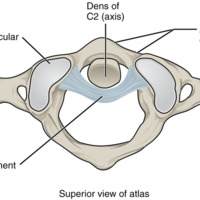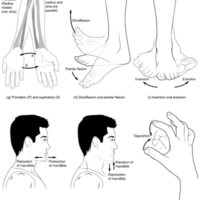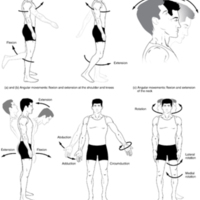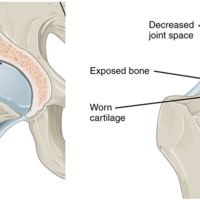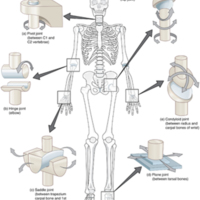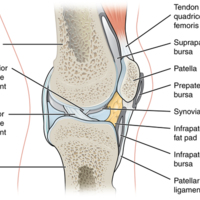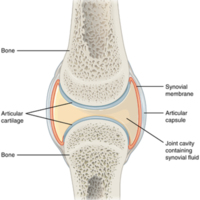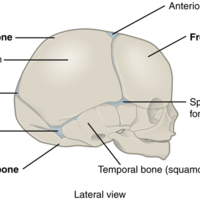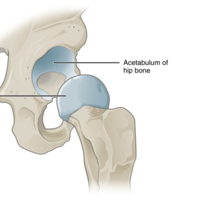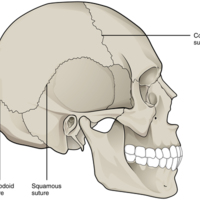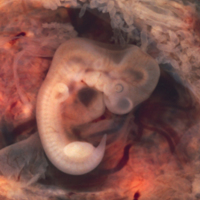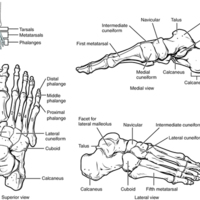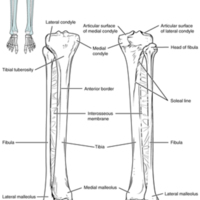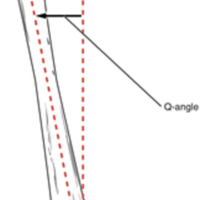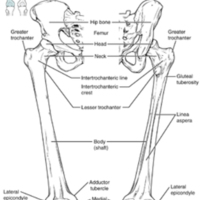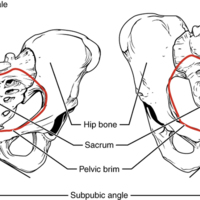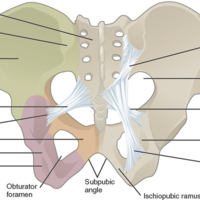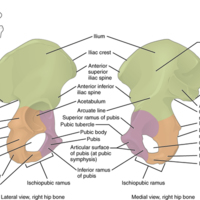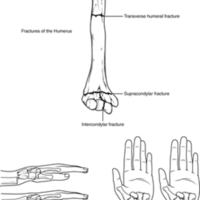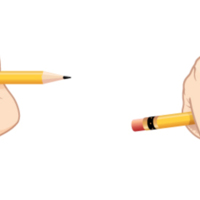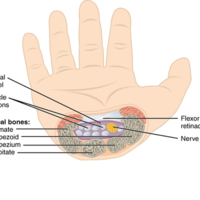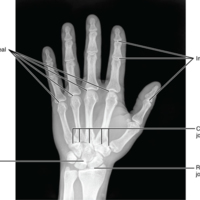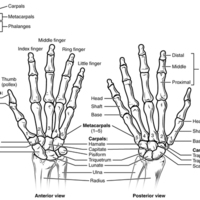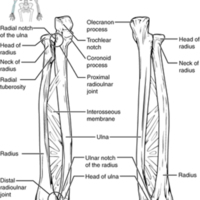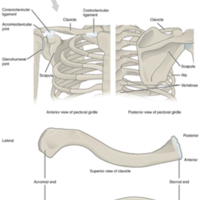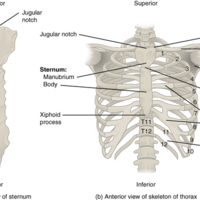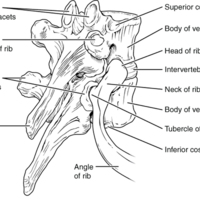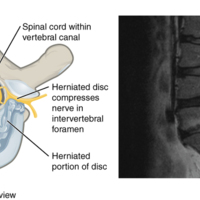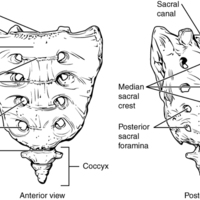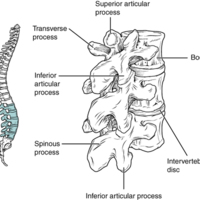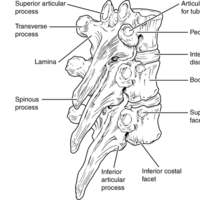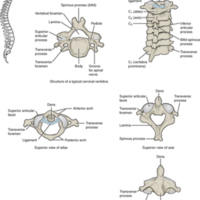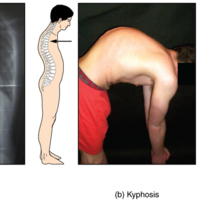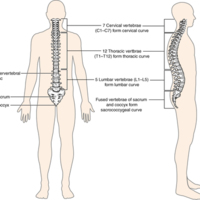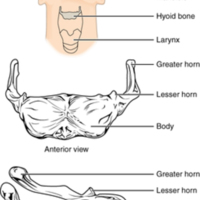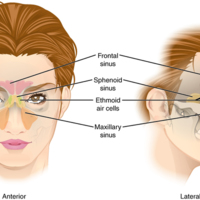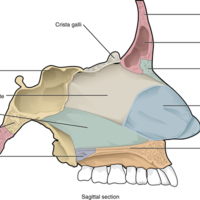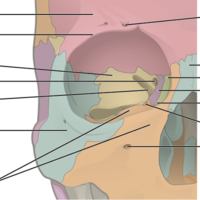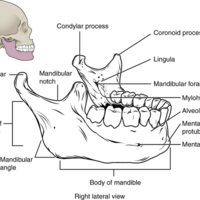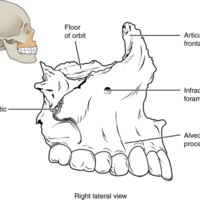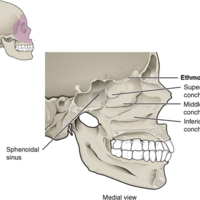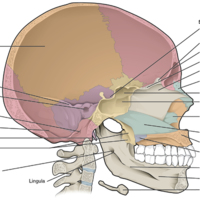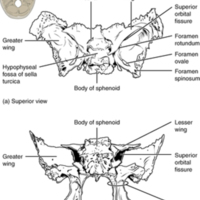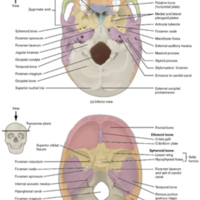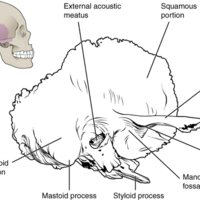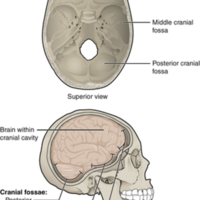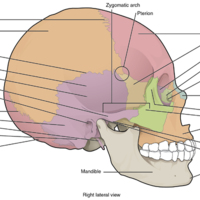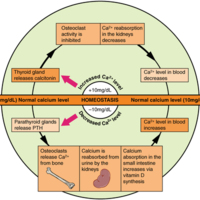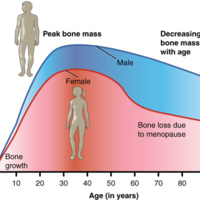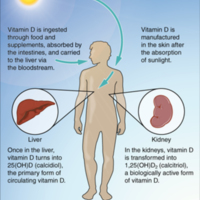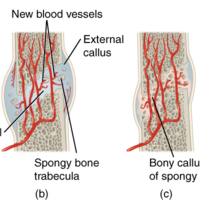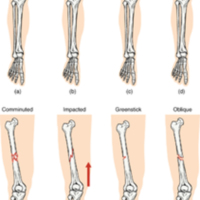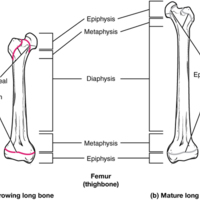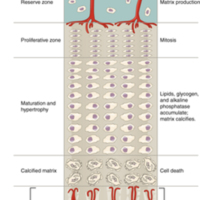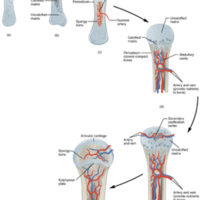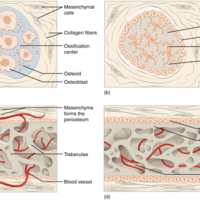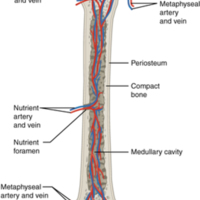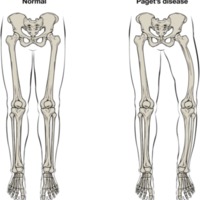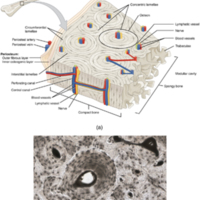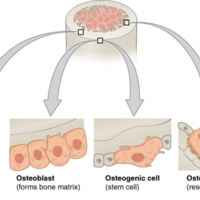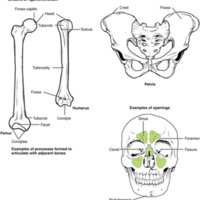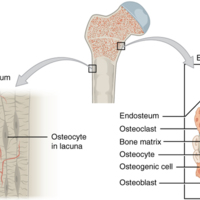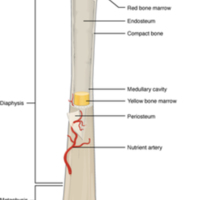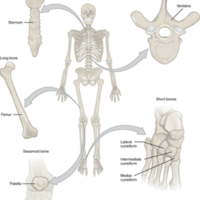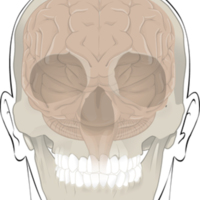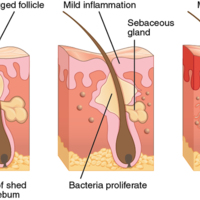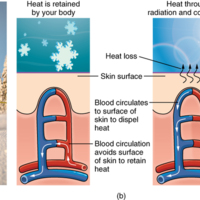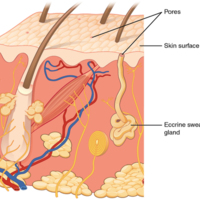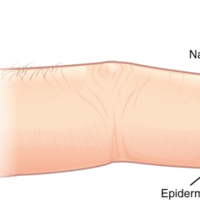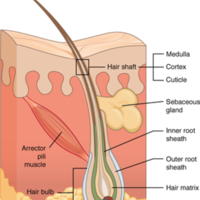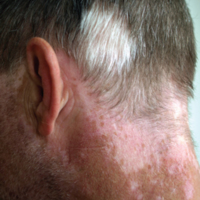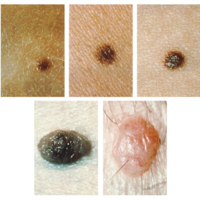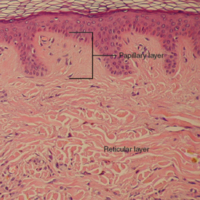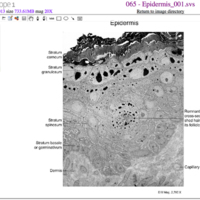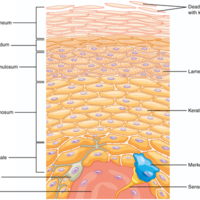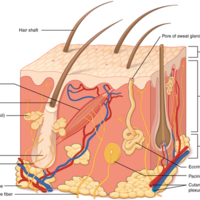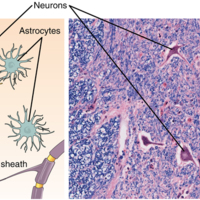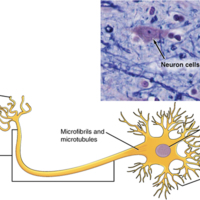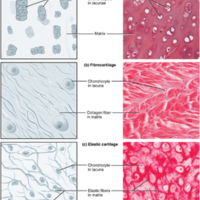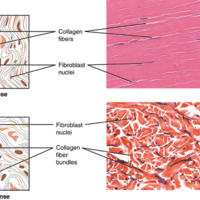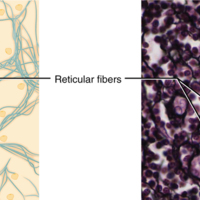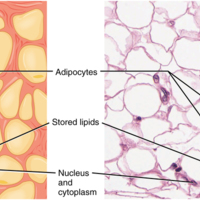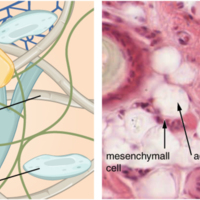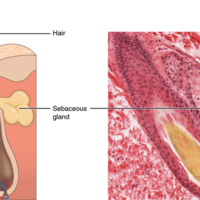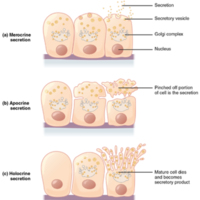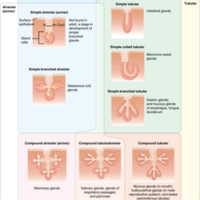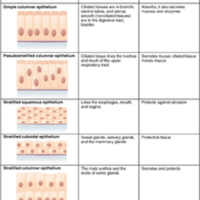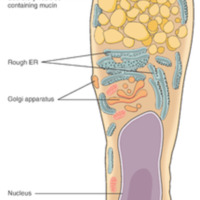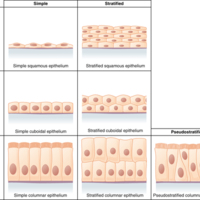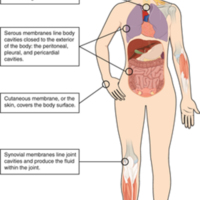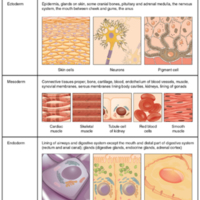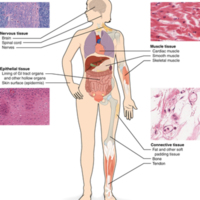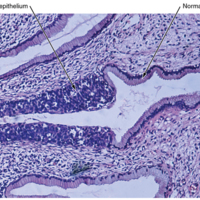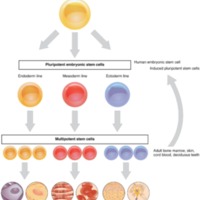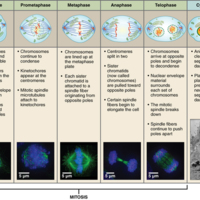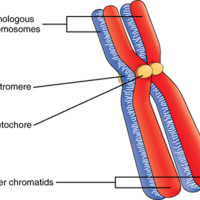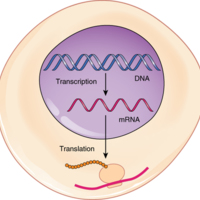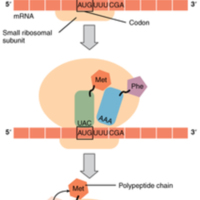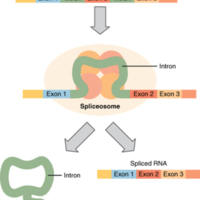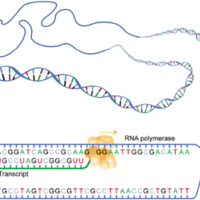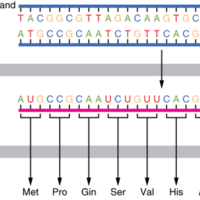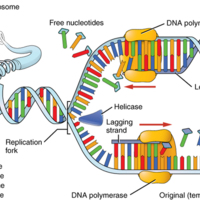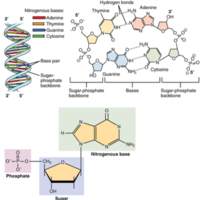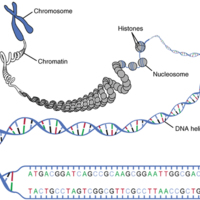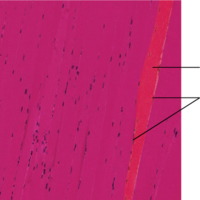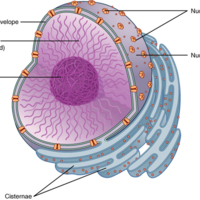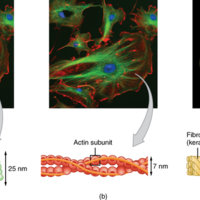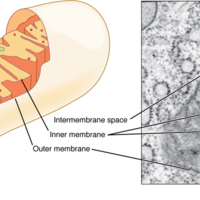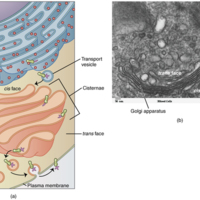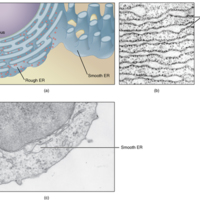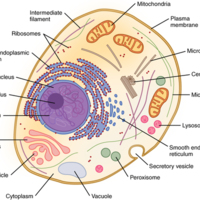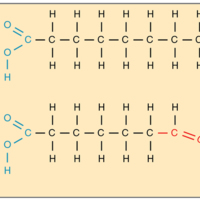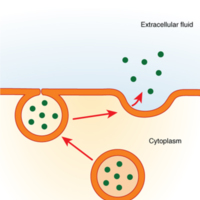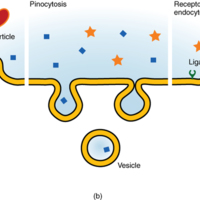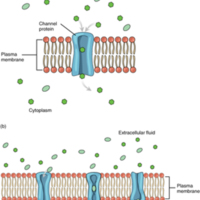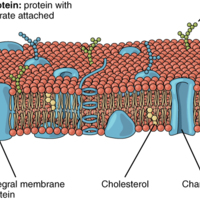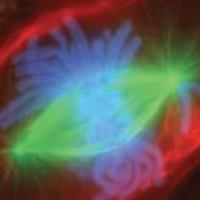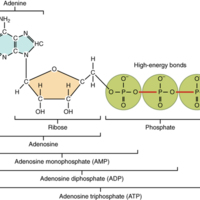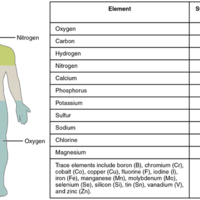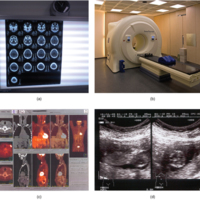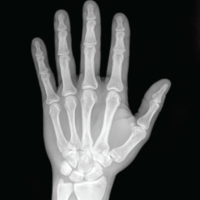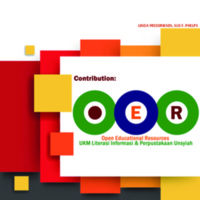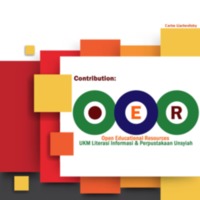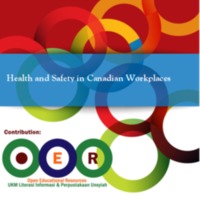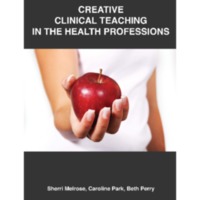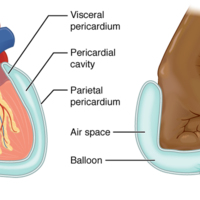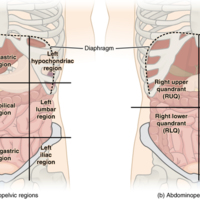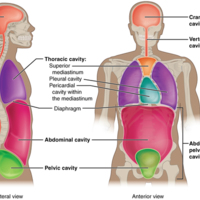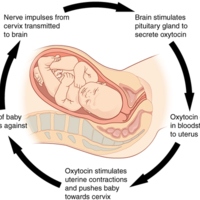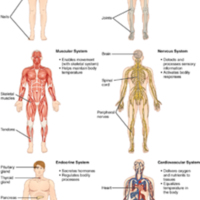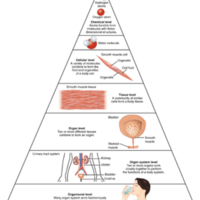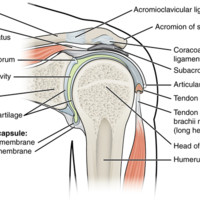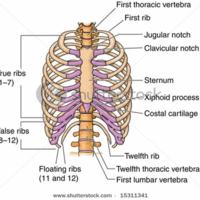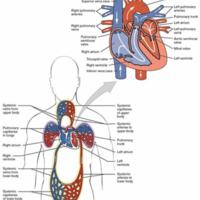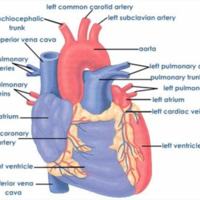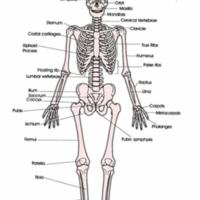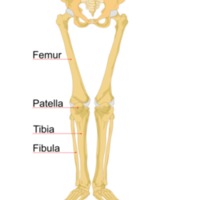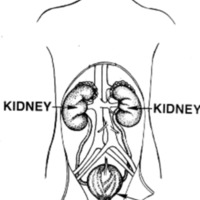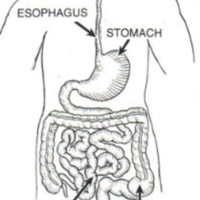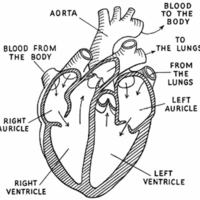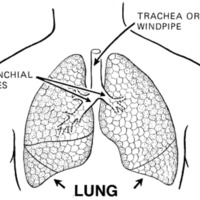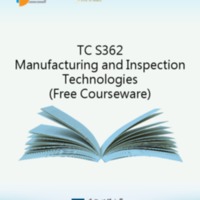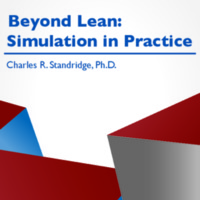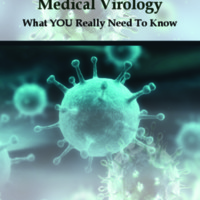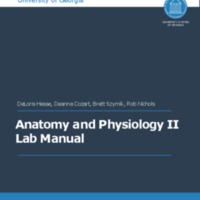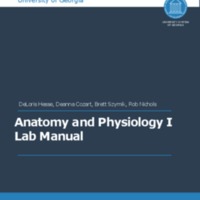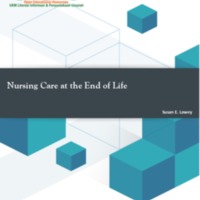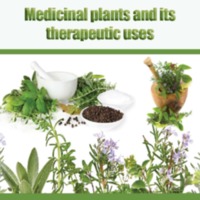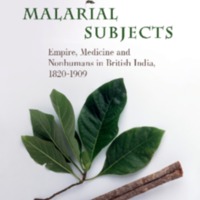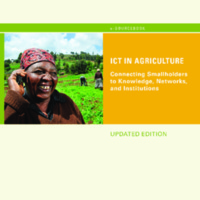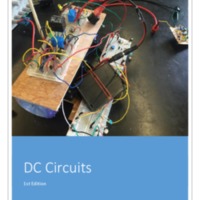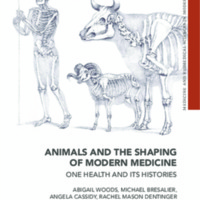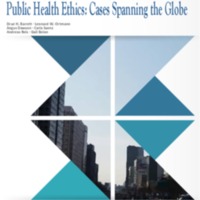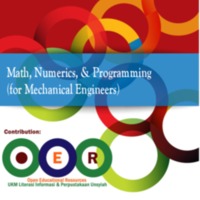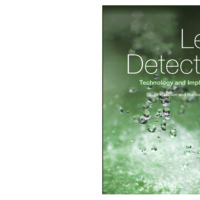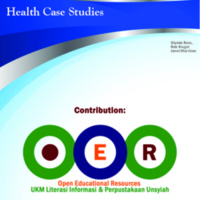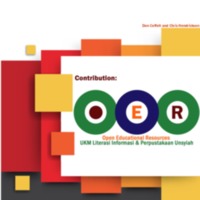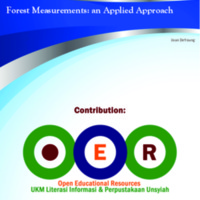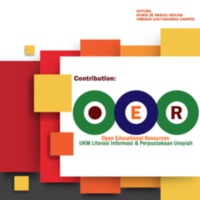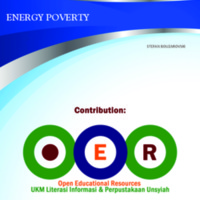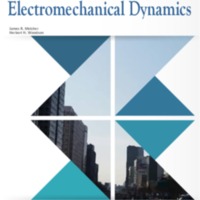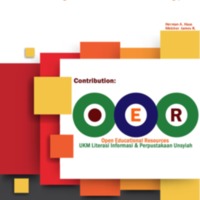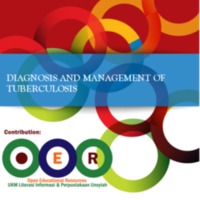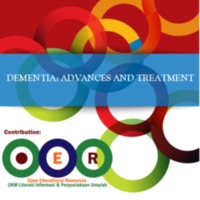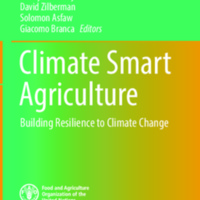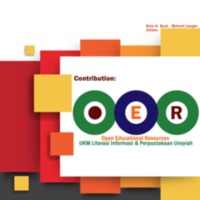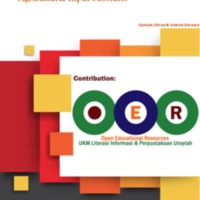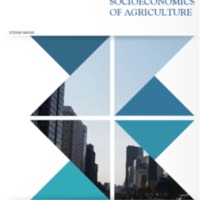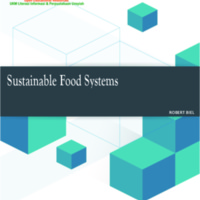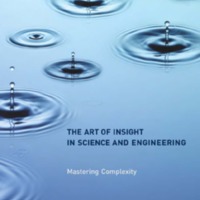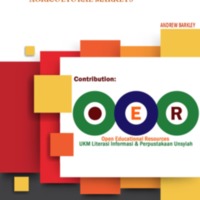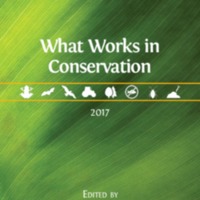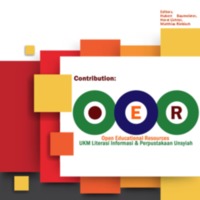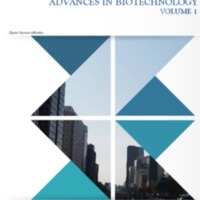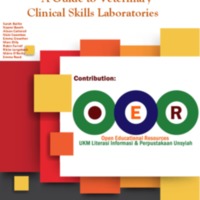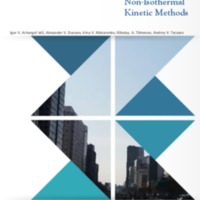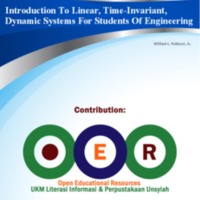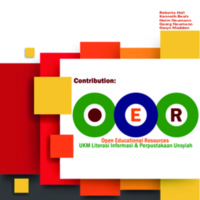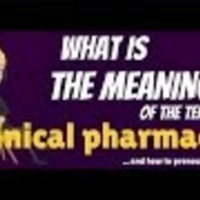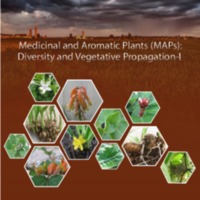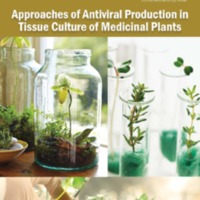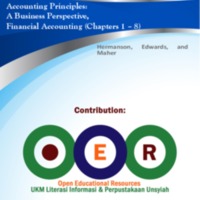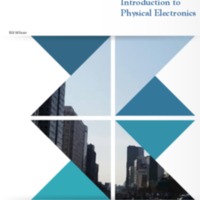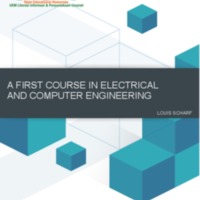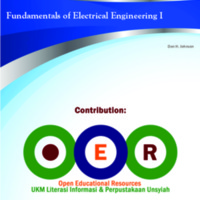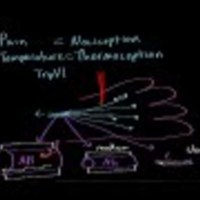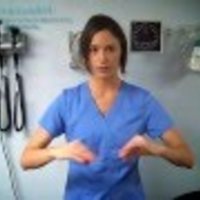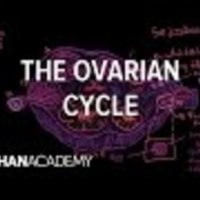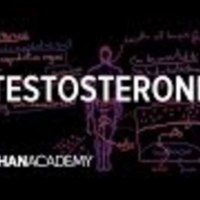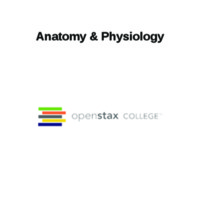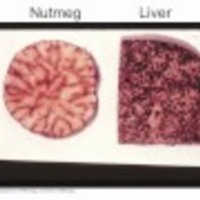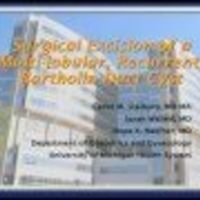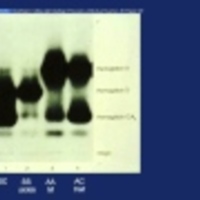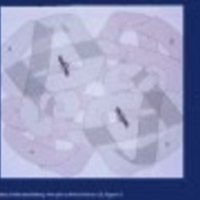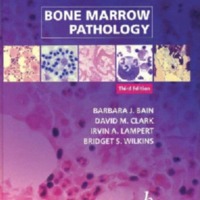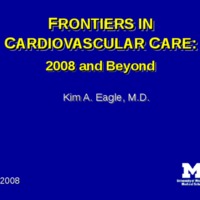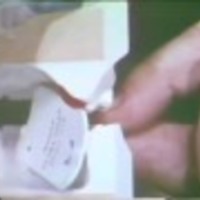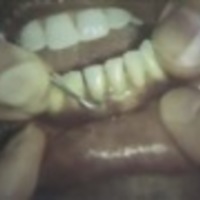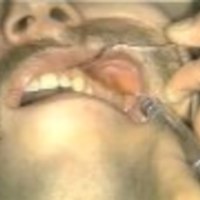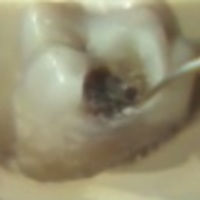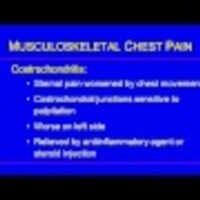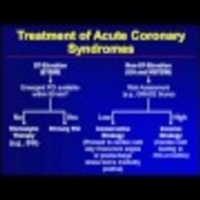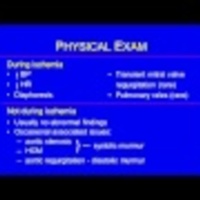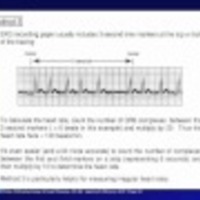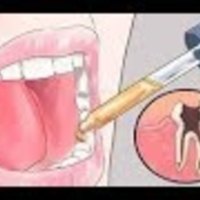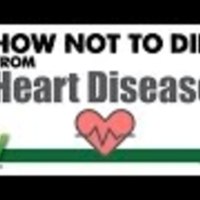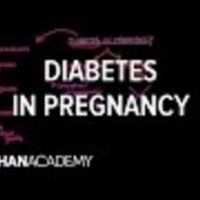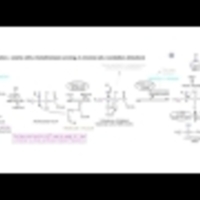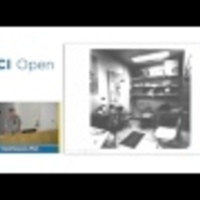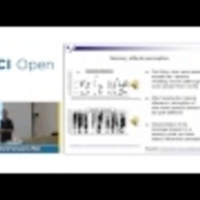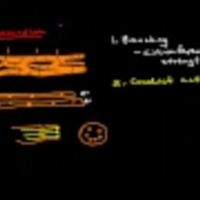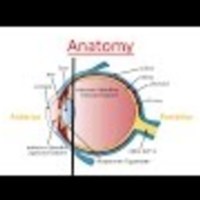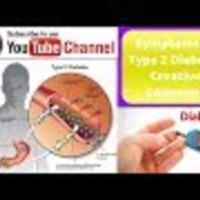Browse Items (361 total)
- Collection: 600 Technology
Introduction to Genetic Disorders
For tutorials and lecture slides for this…
Tags: CBW, Genetic Disorder, PhenoTips
Food as Medicine: Preventing and Treating the Most Common Diseases with Diet
Tags: arthritis, cancer, cardiovascular disease, cardiovascular health, cholesterol, chronic diseases, dairy, dr greger live presentation, dr greger live talk, dr gregor, dr michael greger, dr. greger, exercise, food as medicine, Food as Medicine: Preventing and Treating the Most Common Diseases with Diet, healthiest diet, healthy diet, how not to die, hypertension, industry influence, michael greger, mortality, nutrition facts, NutritionFacts.org, plant-based diets, vegans, vegetarians
Pharmacokinetics/ADME Of Drugs | Pharmacology Online Lecture-1 | For Upcoming D.Pharm & B.Pharm Exam
Topic discussed in the…
Coming Off Psychiatric Drugs: A Harm Reduction Approach to Medication Withdrawal | Will Hall
Tags: pharmaceutical, psychiatric drugs, psychosis
Drug Formulations
Breast Cancer Eliminated Using Keshe Technologies - Demo by Dr.Rodrigo Vildosola
Warning: The video contains graphic images of a medical…
Introduction to Cancer Genomics
For tutorials and lecture slides for this…
Tags: Cancer Genomic, CBW
MCQs in Oral and Maxillofacial Surgery - Local and General Anesthetics
Practice these MCQs for MDS entrance preparation in AIIMS, COMEDK, AIPG, PGI, BHU, etc. Also useful for ADA, NBDE, NDEB and other dental board exams. Please Share and Subscribe to…
Tags: dental, Dental MCQs, Dentistry, Dentistry MCQs, lectures, MCQs in oral surgery, Pulse, Teeth
Restoring a tooth (Gold Crown) - Part 3
Restoring a tooth (Gold Crown) - Part 2
Restoring a tooth (Gold Crown) - Part 1
Basic Suturing: How to Suture
The Nose and its Adjacent Structures
Muscles of Facial Expression
Overview of the Muscular System
Muscle Shapes and Fiber Alignment
Prime Movers and Synergists
Motor Units
Muscle Contraction
Smooth Muscle Tissue
Cardiac Muscle
Atrophy
Tags: Anatomy & Physiology, Atrophy, biology, Human Anatomy
Types of Muscle Contractions
Muscle Metabolism
Skeletal Muscle Contraction
The Sliding Filament Model of Muscle Contraction
Relaxation of a Muscle Fiber
Contraction of a Muscle Fiber
The T-tubule
Tags: Anatomy & Physiology, biology, T-tubule
Motor End-Plate and Innervation
The Sarcomere
Tags: Anatomy & Physiology, Sarcomere
Muscle Fiber
Tags: Anatomy & Physiology, Muscle Fiber
The Three Connective Tissue Layers
The Three Types of Muscle Tissue
Ankle Joint
Tags: Anatomy & Physiology, Ankle Joint
Knee Injury
Tags: Anatomy & Physiology, Knee Injury
Knee Joint
Tags: Anatomy & Physiology, Knee Joint
Hip Joint
Tags: Anatomy & Physiology, Hip Joint
Elbow Joint
Tags: Anatomy & Physiology, Elbow Joint
Glenohumeral Joint
Temporomandibular Joint
Atlantoaxial Joint
Movements of the Body, Part 2
Tags: Anatomy & Physiology, Body, Movement
Movements of the Body, Part 1
Tags: Anatomy & Physiology, Body, Movements
Osteoarthritis
Types of Synovial Joints
Bursae
Tags: Anatomy & Physiology, Bursae
Synovial Joints
The Newborn Skull
Fibrous Joints
Multiaxial Joint
Suture Joints of Skull
Tags: Anatomy & Physiology, Skull
Clubfoot
This photograph shows a baby with a clubfoot.Clubfoot is a common deformity of the ankle and foot that is present at birth. Most cases are corrected without surgery, and affected individuals will grow up to lead normal, active lives.…
Tags: Anatomy & Physiology, Clubfoot
Embryo at Seven Weeks
Tags: Anatomy & Physiology, Embryo, Seven Weeks
Bones of the Foot
Tags: Anatomy & Physiology, Bones, Foot
Tibia and Fibula
Tags: Anatomy & Physiology, Fibula, Tibia
The Q-Angle
Tags: Anatomy & Physiology, Q-Angle
Femur and Patella
Tags: Anatomy & Physiology, Femur, Patella
Male and Female Pelvis
Ligaments of the Pelvis
Tags: Anatomy & Physiology, Ligaments, Pelvis
The Hip Bone
Tags: Anatomy & Physiology, Hip Bone
Pelvis
Tags: Anatomy & Physiology, Pelvis
Fractures of the Humerus and Radius
Tags: Anatomy & Physiology, Fractures, Humerus, Radius
Hand During Gripping
Tags: Anatomy & Physiology, Hand
Carpal Tunnel
Bones of the Hand
Tags: Anatomy & Physiology, Bones, Hand
Bones of the Wrist and Hand
Tags: Anatomy & Physiology, Bones, Hand, Wrist
Ulna and Radius
Tags: Anatomy & Physiology, Radius, Ulna
Humerus and Elbow Joint
Tags: Anatomy & Physiology, Elbow Joint, Humerus
Scapula
Tags: Anatomy & Physiology, Scapula
Pectoral Girdle
Newborn Skull
Thoracic Cage
Rib Articulation in Thoracic Vertebrae
Ligaments of Vertebral Column
Herniated Intervertebral Disc
Sacrum and Coccyx
Tags: Anatomy & Physiology, Coccyx, Sacrum
Lumbar Vertebrae
Thoracic Vertebrae
Cervical Vertebrae
Intervertebral Disc
Parts of a Typical Vertebra
Osteoporosis
Tags: Anatomy & Physiology, Osteoporosis
Abnormal Curvatures of the Vertebral Column
Vertebral Column
Hyoid Bone
Tags: Anatomy & Physiology, Hyoid Bone
Paranasal Sinuses
Nasal Septum
Tags: Anatomy & Physiology, Nasal Septum
Bones of the Orbit
Tags: Anatomy & Physiology, Bones
Maxillary Bone
Lateral Wall of Nasal Cavity
Ethmoid Bone
Tags: Anatomy & Physiology, Ethmoid Bone
Sagittal Section of Skull
Sphenoid Bone
Posterior View of Skull
Tags: Anatomy & Physiology, Skull
External and Internal Views of Base of Skull
Tags: Anatomy & Physiology, Skull
Temporal Bone
Cranial Fossae
Lateral View of Skull
Tags: Anatomy & Physiology, Skull
Anterior View of Skull
Tags: Anatomy & Physiology, Skull
Parts of the Skull
Tags: Anatomy & Physiology, Skull
Axial and Appendicular Skeleton
Pathways in Calcium Homeostasis
Graph Showing Relationship Between Age and Bone Mass
Tags: Age, Anatomy & Physiology, Bone Mass
Stages in Fracture Repair
Tags: Anatomy & Physiology, Body, Fracture
Types of Fractures
Tags: Anatomy & Physiology, Body, Fractures
Progression from Epiphyseal Plate to Epiphyseal Line
Longitudinal Bone Growth
Endochondral Ossification
Intramembranous Ossification
Diagram of Blood and Nerve Supply to Bone
Paget's Disease
Diagram of Spongy Bone
Diagram of Compact Bone
Bone Cells
Tags: Anatomy & Physiology, Bone Cells
Bone Features
Anatomy of a Flat Bone
Periosteum and Endosteum
Tags: Anatomy & Physiology, Endosteum, Periosteum
Anatomy of a Long Bone
Bones Protect Brain
Acne
Tags: Acne, Anatomy & Physiology
Thermoregulation
Eccrine Gland
Nails
Tags: Anatomy & Physiology, Body, Nails
Hair
Tags: Anatomy & Physiology, Body, Hair
Vitiligo
Tags: Anatomy & Physiology, Vitiligo
Moles
Tags: Anatomy & Physiology, Moles
Skin Pigmentation
Layers of the Dermis
Cells of the Epidermis
Layers of the Epidermis
Layers of Skin
Nervous Tissue
Tags: Anatomy & Physiology, Nervous Tissue, Tissue
The Neuron
Tags: Anatomy and Physiology, Neuron
Types of Cartilage
Dense Connective Tissue
Reticular Tissue
Adipose Tissue
Connective Tissue Proper
Tags: Anatomy & Physiology, Tissue
Sebaceous Glands
Modes of Glandular Secretion
Summary of Epithelial Tissue Cells
Goblet Cell
Tags: Anatomy & Physiology, Cell, Goblet Cell
Cells of Epithelial Tissue
Types of Cell Junctions
Tissue Membranes
Embryonic Origin of Tissues
Tags: Anatomy & Physiology, Embryonic, Tissues
Four Types of Tissue: Body
Tags: Anatomy & Physiology, Body, Types of Tissue
Micrograph of Cervical Tissue
Stem Cells
Tags: Anatomy & Physiology, Stem Cells
Hematopoiesis
Tags: Hematopoiesis
Cell Division: Mitosis
Tags: anatomy, Cell Division, Mitosis
A Homologous Pair of Chromosomes with their Attached Sister Chromatids
From DNA to Protein: Transcription through Translation
Translation from RNA to Protein
Splicing DNA
Tags: Anatomy & Physiology, DNA
Transcription: from DNA to mRNA
The Genetic Code
Tags: Anatomy & Physiology, Genetic, Genetic Code
DNA Replication
Molecular Structure of DNA
Tags: Anatomy & Physiology, DNA
DNA Macrostructure
Tags: Anatomy & Physiology, DNA
Multinucleate Muscle Cell
Tags: Anatomy & Physiology, Muscle Cell
The Three Components of the Cytoskeleton
Tags: anatomy, Cytoskeleton
Mitochondrion
Tags: anatomy, Mitochondrion
Golgi Apparatus
Tags: anatomy, Golgi Apparatus
Endoplasmic Reticulum (ER)
Prototypical Human Cell
Tags: anatomy, Human Cell, Prototypical
Exocytosis
Tags: anatomy, Exocytosis
Three Forms of Endocytosis
Tags: anatomy, Endocytosis, Three Forms
Sodium-Potassium Pump
Tags: anatomy, Sodium-Potassium Pump
Facilitated Diffusion
Tags: anatomy, Facilitated Diffusion
Simple Diffusion across the Cell (Plasma) Membrane
Tags: Cell (Plasma) Membrane
Cell Membrane
Tags: anatomy, Cell Membrane
Adenosine Triphosphate
Tags: Adenosine Triphosphate, anatomy, Chemistry
Elements of the Human Body
Tags: anatomy, Elements, Human Body
Medical Imaging Techniques
X-Ray of a Hand
Tags: Medicine & Health, X-Ray
Literature Reviews for Education and Nursing Graduate Students
Tags: education, Literature Reviews, nursing
Human Anatomy and Physiology Preparatory Course
Tags: Human Anatomy, Physiology
Creative Clinical Teaching In The Health Professions
Serous Membrane
Tags: Human Anatomy, Serous Membrane
Regions and Quadrants of the Peritoneal Cavity
Tags: Peritoneal Cavity, Quadrants, Regions
Positive Feedback Loop
Levels of Structural Organization of the Human Body
Shoulder Joint
Tags: Human Anatomy, Shoulder Joint
Chambers and Circulation through the Heart
Tags: Chambers, Circulation, Heart
Cardio
1) Jog. You can do this outside on a treadmill or however you like.
2) Jump Rope routine 1
3) 10 Minute Jump Rope routine
4) Exercise Bikes
5) Sports Playing
Tags: Cardio, Human Anatomy
The Human Skeleton
Our vital organs in our body are protected by our skeleton. More specifically our brain which is protected by what is called the skull and our heart and lungs are protected by our rib…
Tags: Human Anatomy, Human Skeleton
Excretory System
Unabsorbed food goes to the large intestine. The liver also filters out solid particles of waste from…
Tags: Excretory System, Human Anatomy
Digestive System
The beginning of the digestive system is the mouth and teeth. Food that we eat has to be broken down into nutrients that cells in…
Tags: Digestive System, Human Anatomy
Circulatory System
Tags: Circulatory System, Human Anatomy
Respiratory System
Tags: Human Anatomy, respiratory system
Manufacturing and Inspection Technologies
Emerging Technologies
Tags: Emerging Technologies
Beyond Lean: Simulation in Practice, Second Edition
Tags: Beyond Lean, Simulation
Digital Scholarly Editing : Theories and Practices
"This volume presents the state of the art in digital scholarly editing. Drawing together the work of established and emerging researchers, it gives pause at a crucial moment in the history of technology in order to offer a sustained reflection on…
Medical Virology
postgraduate students. These “Notes on Medical virology”, includes “what you really need to know”. The book comes in a new format, which places cases,…
Tags: Medical Virology
Meat Cutting and Processing for Food Service
Tags: Cook, Culinary Arts, Meatcutting
Energy Poverty : (Dis)Assembling Europe’s Infrastructural Divide
UGA Anatomy and Physiology 2 Lab Manual
Blood Composition
Blood Typing
Heart Anatomy
Cardiovascular Physiology
Systemic Blood Vessels
Anatomy of the Respiratory System
Physiology of the Respiratory System
…
UGA Anatomy and Physiology 1 Lab Manual
Introduction
Tissues
Integument
Introduction to the Skeleton
Axial Skeleton: Skull
Axial Skeleton: Vertebral
Appendicular Skeleton: Introduction and Pectoral Girdle
…
Plants, Society, and the Environment
Tags: Environment, Plants, Society
Nursing Care at the End of Life: What Every Clinician Should Know
Malarial Subjects
Tags: Malarial, Medicine & Health
Information Technology and the Networked Economy
knowledge. The networked economy is characterized by rapidly changing market
conditions and…
DC Circuits
Tags: DC Circuits, Engineering
Animals and the Shaping of Modern Medicine:
One Health and its Histories
Sago Palm: Multiple Contributions to Food Security and Sustainable Livelihoods
Tags: agriculture, Food, Sago Palm
Public Health Ethics: Cases Spanning the Globe
Tags: Medicine & Health, Public Health
Math, Numerics, & Programming (for Mechanical Engineers)
Tags: Math, Mechanical Engineers, Numerics, Programming
Leak Detection Technology and Implementation
Fundamentals of Infrastructure Management
Forest Measurements: an Applied Approach
Tags: Forestry
Field Trials of Health Interventions: A Toolbox
Before new interventions are released into disease control programmes, it is essential that they are carefully evaluated in `field trials'. These may be complex and expensive undertakings, requiring the follow-up of hundreds, or…
Ethics and Civil Drones
Tags: Civil Engineering
Energy Poverty
supported by a Starting Grant from the European Research Council—under the European…
Tags: Energy Poverty, Enginerring
Elements of Robotics
Electromechanical Dynamics
Electromagnetics Volume I
Tags: Electromagnetics
Electromagnetic Fields and Energy
Diseases of Children in the Subtropics and Tropics
Climate Smart Agriculture: Building Resilience to Climate Change
Tags: agriculture, Climate, climate change
Care in Healthcare: Reflections on Theory and Practice
Tags: Care, Healthcare, Medicine
Aquaculture Perspective of Multi-Use Sites in the Open Ocean: The Untapped Potential for Marine Resources in the Anthropocene
A timely analysis of the rapid development of offshore energy production…
Animal Metropolis
Tags: Animal
Agricultural Input Subsidies
Detailed and comprehensive analysis of the Malawi Agricultural Input Subsidy Programme
Strong emphasis…
Tags: Agricultural
Agricultural Implications of the Fukushima Nuclear Accident
Small-signal stability, control and dynamic performance of
power systems
To this end, the…
Socioeconomics of Agriculture
phenomena: biology, for example, arose because of the willingness to…
Tags: agriculture, Socioeconomics
Sustainable Food Systems
Justice, Urbanisation & Resilience. It draws heavily upon my teaching for the…
Tags: agriculture, Food
The Art of Insight in Science and Engineering
We need insight because our…
The Economics of Food and Agricultural Markets
complex issues are the subject of this course: food prices, food safety, diet and…
Tags: Economics, Food and Agricultural
The Busy Coder's Guide to Android Development
Agile Processes in Software Engineering and Extreme Programming
Advances in Biotechnology Volume 1
Tags: Biotechnology
A Guide to Veterinary Clinical Skills Laboratories
Education (EAEVE) 2014, Royal College of Veterinary Surgeons (RCVS) 2014 American…
eGIRLS, eCITIZENS
Non-Isothermal Kinetic Methods
Project Management For Instructional Designers
Introduction To Linear, Time-Invariant, Dynamic Systems For Students Of Engineering
Introduction to Human Osteology
Clinical Pharmacy
Source: Wikipedia.org article, adapted under https://creativecommons.org/licenses/by-sa/3.0/ license.
Clinical pharmacy is the branch of pharmacy in which pharmacists provide patient care that optimizes the use of…
Tags: clinical pharmacy, clinical pharmacy definition, clinical pharmacy explanation, clinical pharmacy meaning, dictionary, english dictionary, english vocabulary, how to pronounce words, online dictionary, online vocabulary, vocabulary, what do words mean, what does clinical pharmacy mean, what does clinical pharmacy stand fo, what is clinical pharmacy, what is the definition of clinical pharmacy, what is the meaning of clinical pharmacy
Approaches of Antiviral Production in Tissue Culture of Medicinal Plants
Tags: Culture, Medicinal Plants
Accounting Principles: Managerial Accounting
Learning objectives
After studying this chapter, you should be able to:
• Describe the types of operations that require a process cost system.
• Distinguish between process and job costing systems.
• Discuss the…
Accounting Principles: A Business Perspective,
Financial Accounting (Chapters 1 – 8)
Philosophy and purpose
Imagine that you have graduated from college without taking an accounting course. You are
employed by a company as a sales person, and you eventually become the sales manager of a…
Introduction to Physical Electronics
Fundamentals of Electrical Engineering I
Pain Temperature
BY : UPT Perpustakaan Universitas Syiah Kuala
UKM Literasi Unsyiah
Tags: pain, temperature
How to Remove Surgical Staples :)
Hi Guys!
Thank you so much for watching this channel :)
Here is just a quick & simple nursing skill, that I really hope you enjoy!
I appreciate all of your comments, likes & shares so much!!
Really looking forward to growing…
Tags: channel for nurses, channel for nursing students, how to remove staples after surgery, how to remove surgery staples, nurs, nurse, nursing, nursing skills, nursing students, rn studen, staple surgery, staples after surgery, staples for surgery, staples from surgery, staples in surgery, staples surgical, staples used for surgery, student nurse, student rn, surgery staples, surgical staple, surgical stapling, what nurses do, when to remove staples after surgery
Reproductive system physiology
Watch the next lesson:…
The Ovarian Cycle
Watch the next lesson: https://www.khanacademy.org/test-prep/nclex-rn/rn-reproductive-system-physiology/rn-reproductive-system/v/meet-the-placenta?utm_source=YT&utm_medium=Desc&utm_campaign=Nclex-rn
Missed the…
Testosterone
Watch the next lesson: https://www.khanacademy.org/test-prep/nclex-rn/rn-reproductive-system-physiology/rn-reproductive-system/v/basics-of-egg-development?utm_source=YT&utm_medium=Desc&utm_campaign=Nclex-rn
Missed the…
Anatomy & Physiology
in mind: accessibility, customization, and student engagement—helping students reach high levels of academic…
Tags: anatomy, Anatomy & Physiology, Physiology
AP Environmental Science
Tags: Environmental, Pharmacy, Science
Circulatory Derangements II
View the course…
Tags: Circulatory, Derangements, educational, health, II, lectur
Circulatory Derangements I
View the course…
Tags: Circulatory, Derangements, educational, health, lectur
Surgical Excision of a Multi-Lobular, Recurrent, Bartholin Duct Cyst
Tags: Bartholin duct, cyst, gynecology, surgery
Scaling and Root Planing: Part II Mandibular Teeth
This is part of the Open.Michigan collection at:
http://open.umich.edu/education
Tags: Dentistry, Historical, Periodontic, Surgical, Techniques
Local Anesthetic Injection Techniques
This is part of the Open.Michigan collection at:
http://open.umich.edu/education
Tags: Anesthesi
Removal of Carious Lesion
This is part of the Open.Michigan collection at:…
Tags: cavity, Preparatio
The Normal Electrocardiogram
View the course…
12 All Natural Toothache
Nowadays, modern medicine has its own solutions, but there still several natural toothache remedies that people use just to avoid the…
Tags: 12 ALL NATURAL TOOTHACHE REMEDIES YOUR DENTIST DOESN’T WANT YOU TO KNOW ABOUT, bleeding, causes, cavity, cure, get, get rid of toothache, gums, home remedies, home remedies toothache, home remedy, home remedy for toothache, how, kill nerve, kill@nerve, natural remedies, nerve, of, pain, pain relief, remedies, rid, swelling, to, tooth, tooth ache, tooth pain, toothache, toothache home remedies, toothache treatmen, top10homeremedies, treatment, wisdom tooth
Creative Accounting
Tags: creative accounting, creative accounting definition, creative accounting explanation, creative accounting meaning, dictionary, english dictionary, english vocabulary, how to pronounce words, online dictionary, online vocabulary, vocabulary, what do words mean, what does creative accounting mean, what does creative accounting stand fo, what is creative accounting, what is the definition of creative accounting, what is the meaning of creative accounting
Hypotension
Tags: dictionary, english dictionary, english vocabulary, how to pronounce hypotension, how to pronounce words, hypotension, hypotension definition, hypotension dictionary, hypotension explanation, hypotension meaning, hypotension pronunciation, online dictionary, online vocabulary, vocabulary, what do words mean, what does hypotension mean, what does hypotension stand fo, what is hypotension, what is the definition of hypotension, what is the meaning of hypotension
How Not to Die from Heart Disease
Input by Sofia Nelly
Subscribe to Dr. Greger’s free nutrition newsletter at…
Tags: best diet for heart diseas, breast cancer, cancer, cardiovascular disease, cardiovascular health, dr gregor, Dr. Dean Ornish, dr. greger, Dr. Michael Greger, Dr. Michael Gregor, heart disease, heart health, how not to die, how not to die from heart disease, michael greger, nutrition facts, NutritionFacts.org, plant-based diets, standard American diet, women’s health
Diabetes in Pregnancy
Tags: YouTube Edito
Ketogenesis, Diabetes, and Starvation
View the complete course: http://ocw.mit.edu/5-07SCF13
Instructor: John Essigmann
In this video, Professor Essigmann explores ketone bodies – what they are, how they are made, and how they are used in…
Introduction to The Anatomy of The Heart
Tags: Screencast-O-Matic.co
Cataract Explained from A to Z
Category 5. ENT, ophthalmology, General Practice
This video by Hershko Sarah is licensed under the Creative Commons Attribution ShareAlike 4.0 International…
Symptoms of Type 2 Diabetes
https://youtu.be/d8fBlTgn1_U
This is always a surprising situation for most people around, who just go for regular
check up to the doctor and end up knowing that they are suffering from one of the…
Tags: creative, diabetes, diabetes ka ilaj, diabetes ka ilaj sugar ka nuskh, Symptoms Of Type 2 Diabetes, Symptoms Of Type 2 Diabetes Creative Commons, Symptoms Of Type 2 Diabetes explained, Symptoms Of Type 2 Diabetes in females, Symptoms Of Type 2 Diabetes in hindi, Symptoms Of Type 2 Diabetes in men, Treatment and management Of Type 2 Diabetes, Treatment Of Type 2 Diabetes, type, type 2 diabetes, Type 2 Diabetes Symptoms cure, Type 2 Diabetes Symptoms Treatment, up



